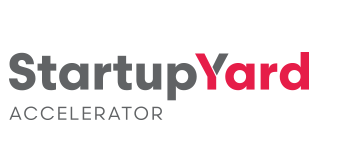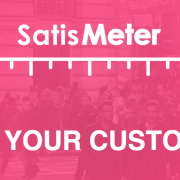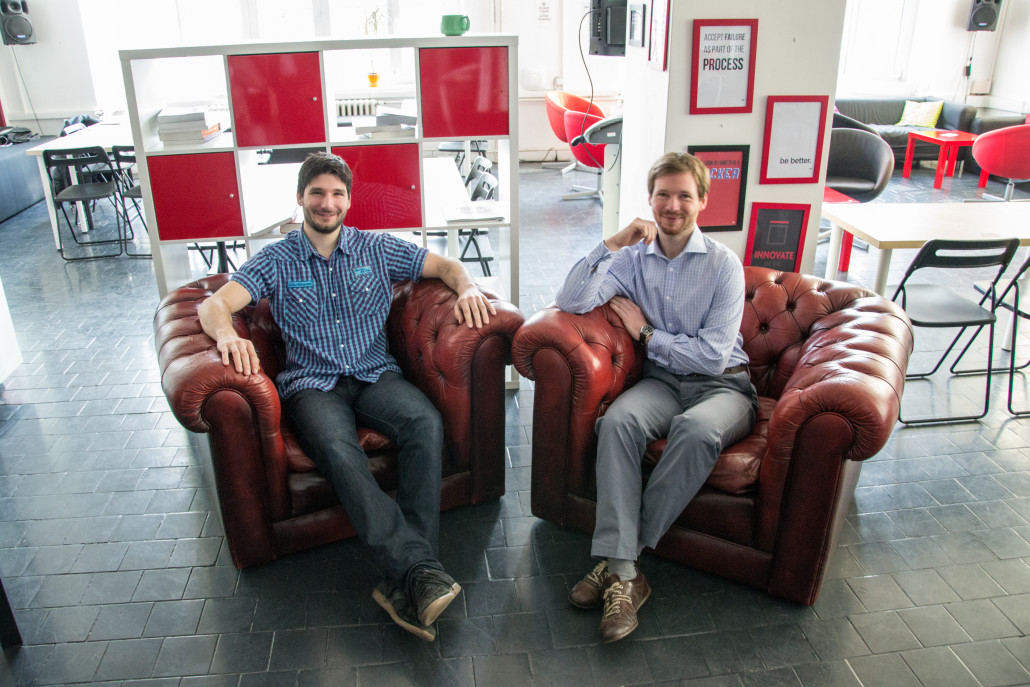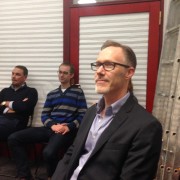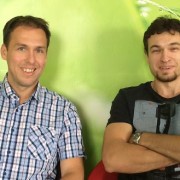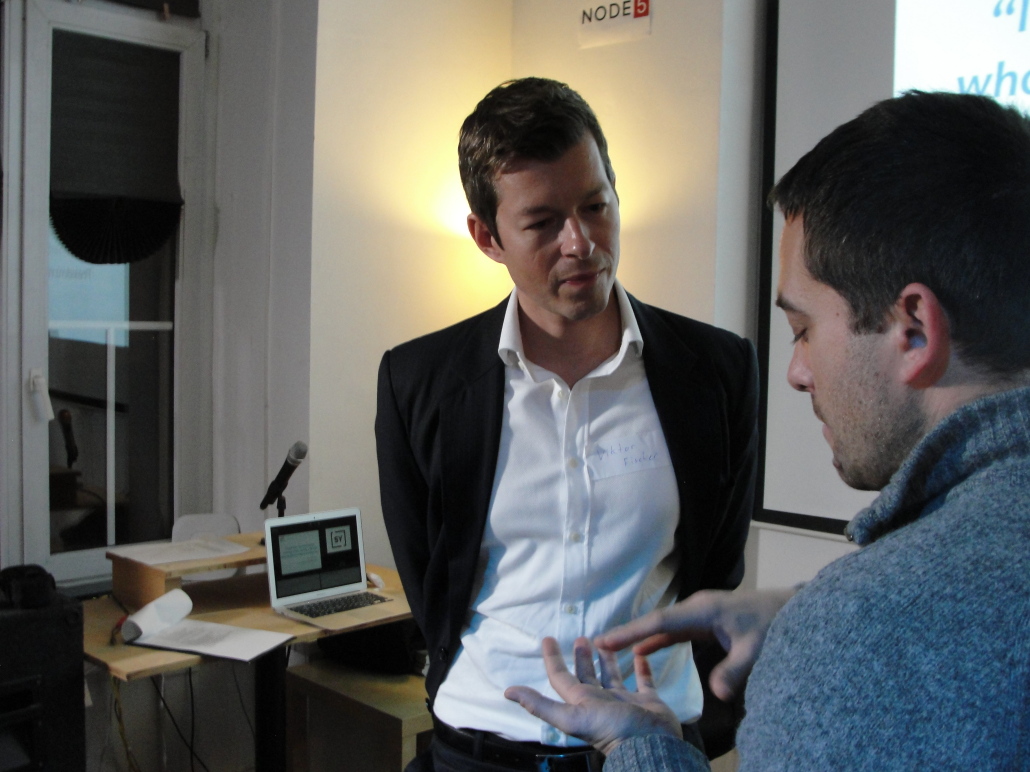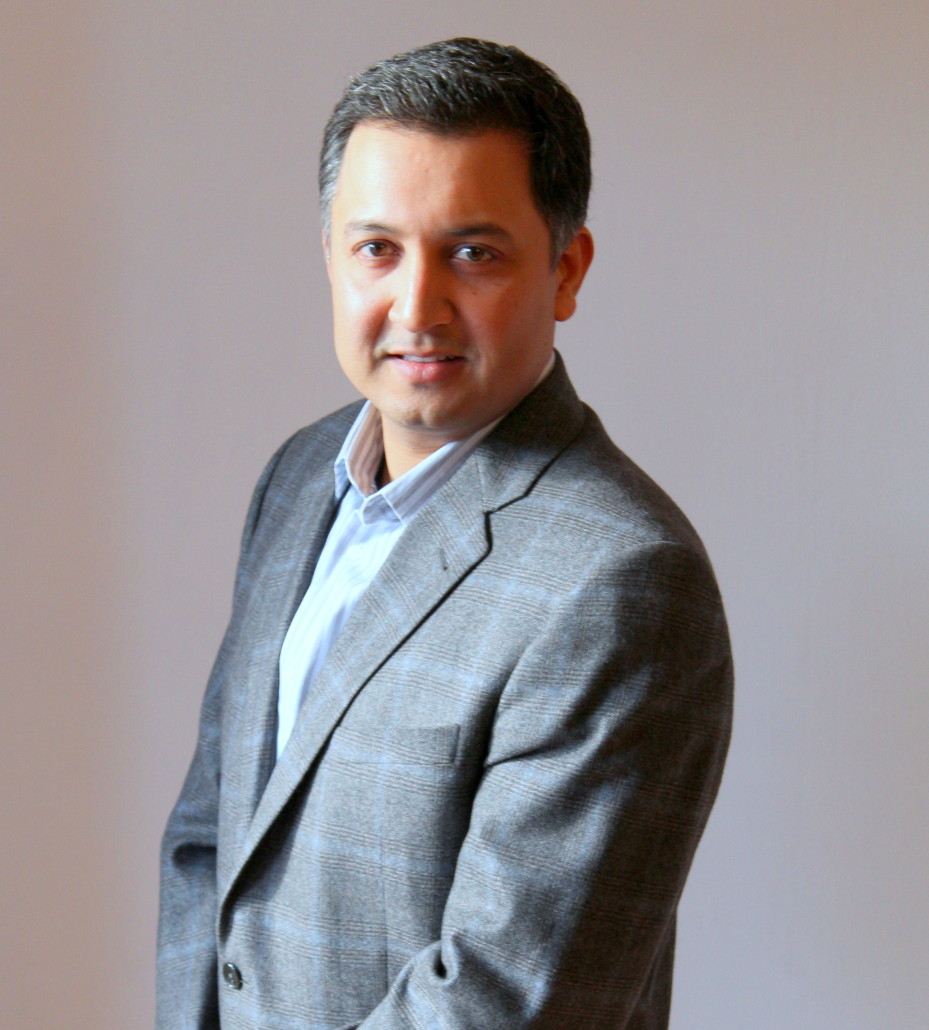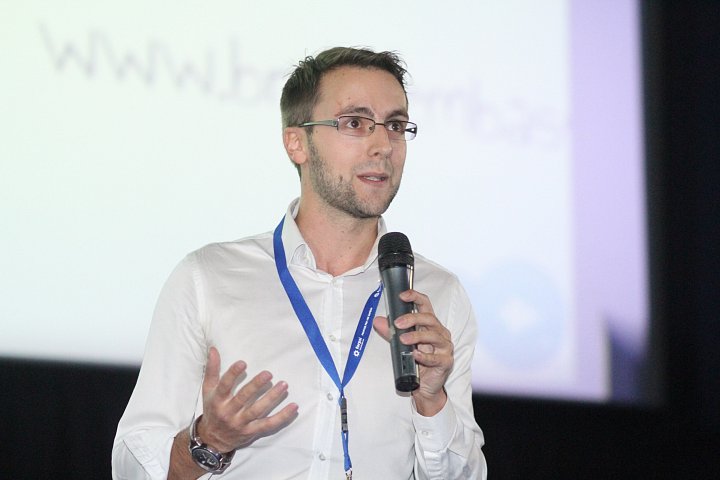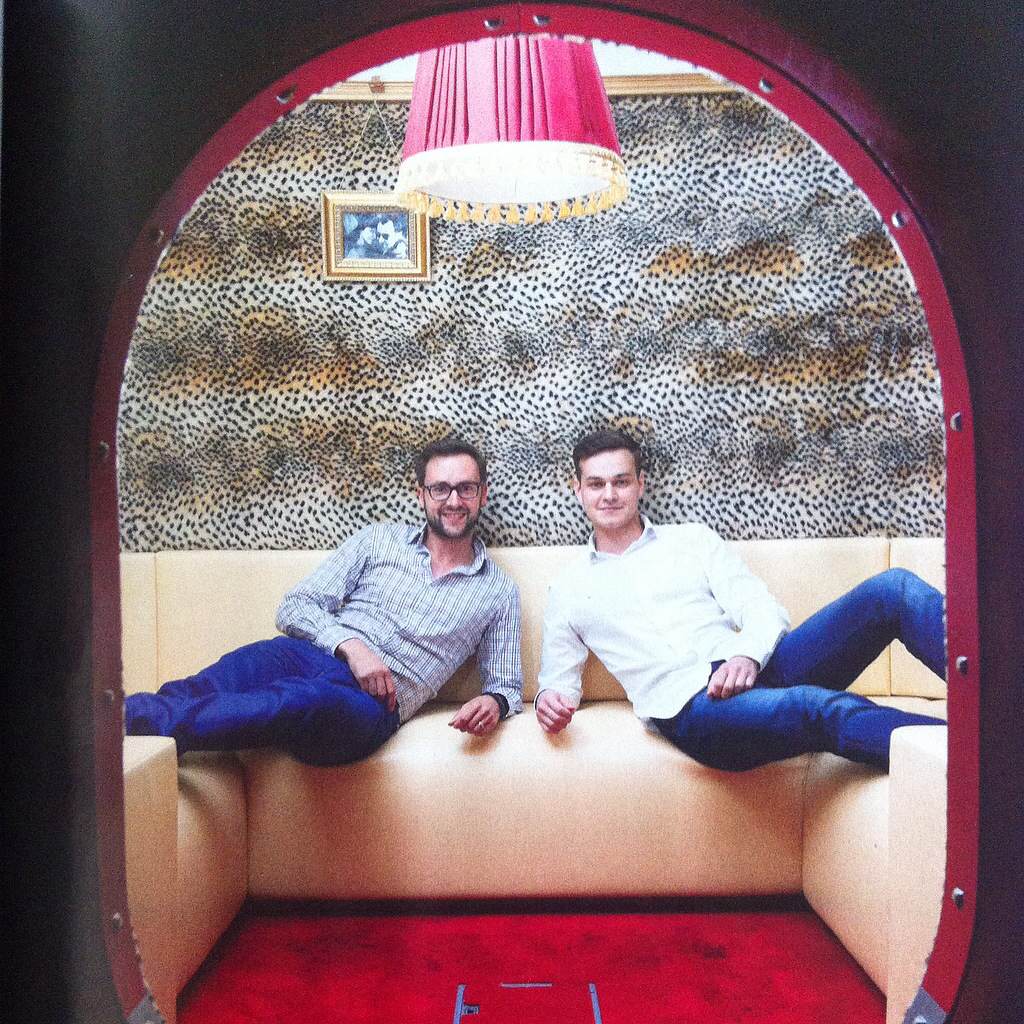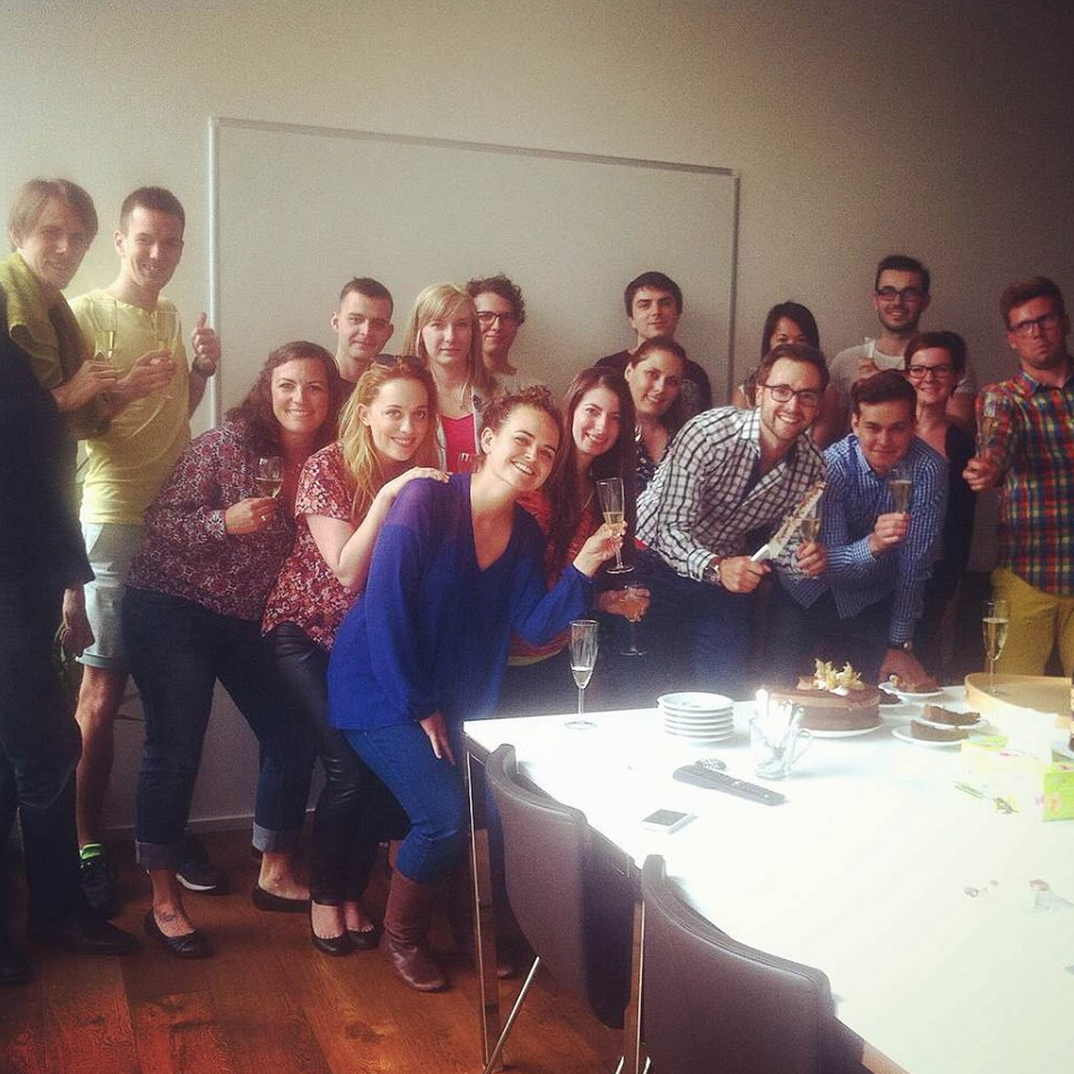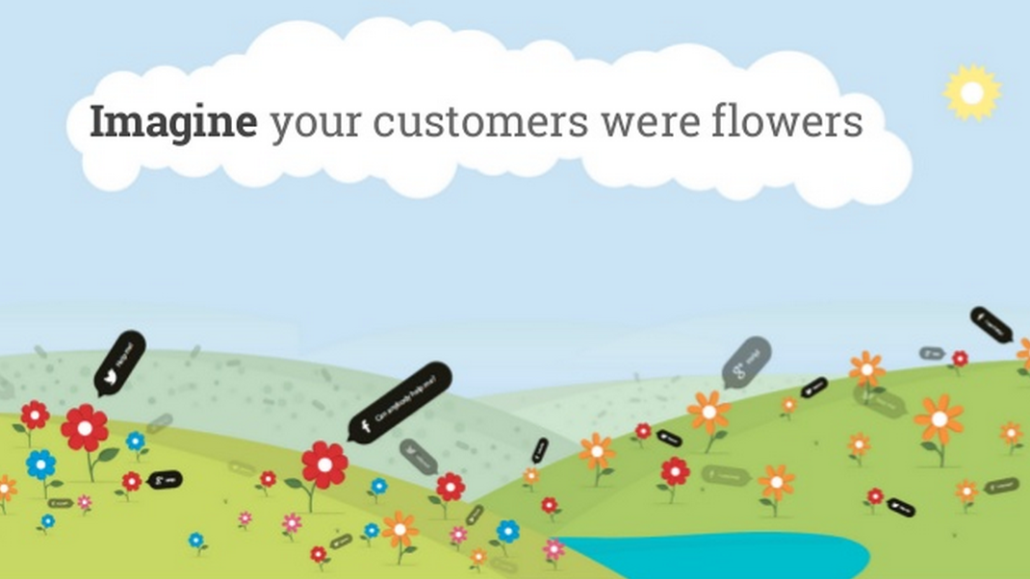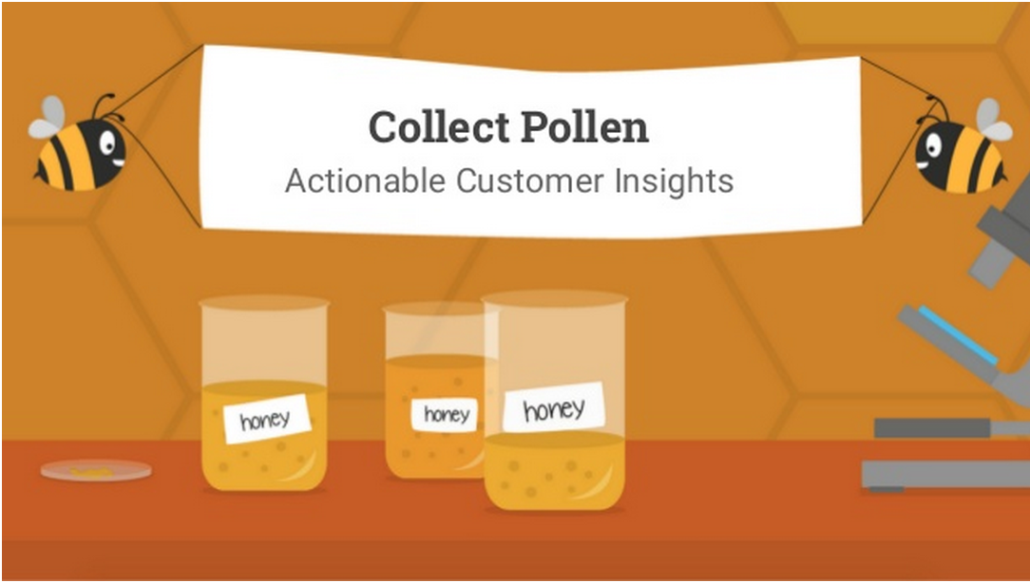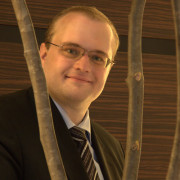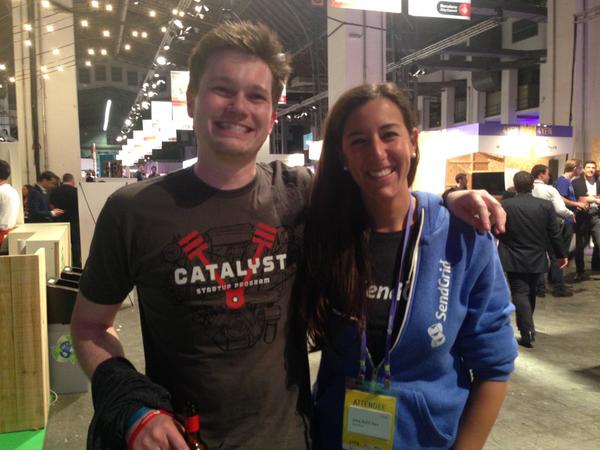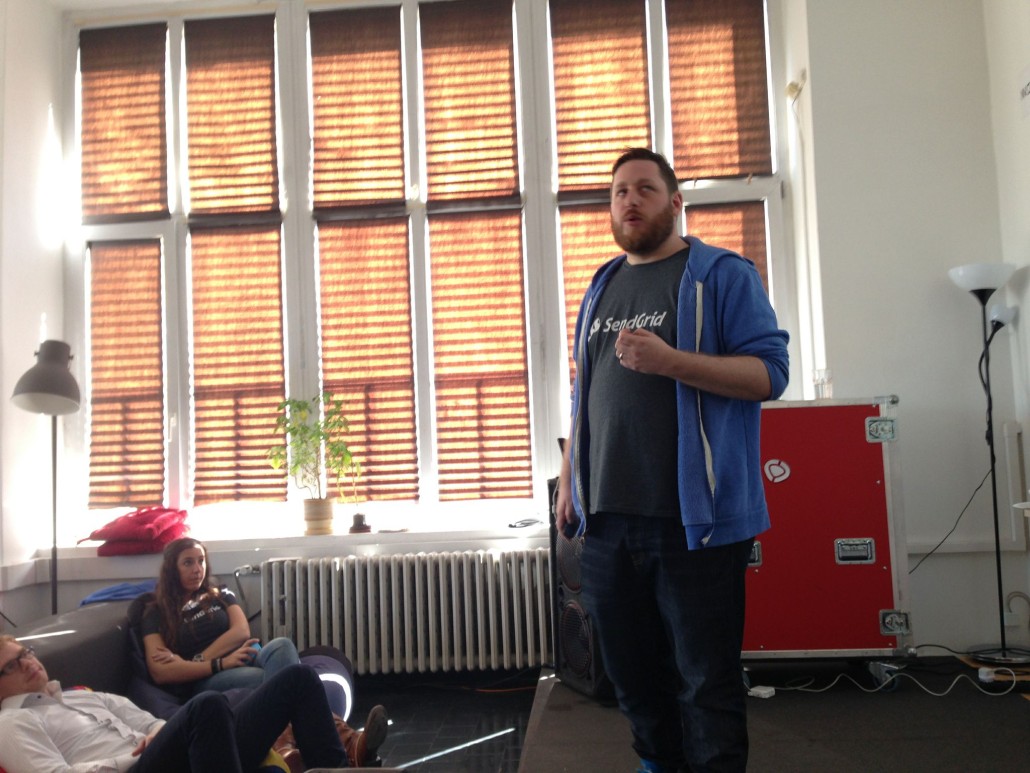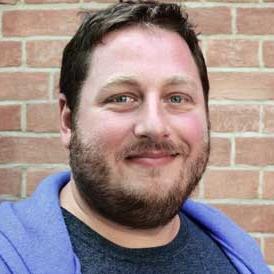On Wednesday, we started a two-part interview with popular StartupYard mentor and Y Softer Ondrej Krajicek. Here is part two, where Ondrej dives deep into the systemic issues he sees in the Czech approach to entrepreneurialism, education, and government policy surrounding business.
Check out Part 1: “Make Failing Legal in the Czech Republic”
What do you think investors in Central Europe need to do more (or less) to improve the startup ecosystem here?
I understand that I am always talking about this mysterious thing, this “added value” when there are so many bright ideas and it is so difficult to get an investment, isn’t it? It is quite common for VCs in the USA to provide recruitment / head hunting, i.e. to hire key people for the startups, provide financial governance, etc.
So we are not inventing the wheel, we just need to follow its tracks. As there is no VC training out there, I hope that more people who became successful with their own companies will contribute by becoming investors and telling their stories.
We as a community of investors in the Czech Republic need to focus on delivering value; not just money. This is what we are trying to do with Y Soft Ventures and fortunately, there are others.
StartupYard is based on delivering value as an investor. From the feedback I have from some startups, the best thing about StartupYard is that it delivers “a hell of a ride”, shows tens thousand of things to the startup teams in a very short period of time and by doing this, creates awareness.
We, as investors, shall also strive to build a community. To communicate, cooperate and co-invest.
Are there political, social, or educational reforms that you would like to see in the Czech Republic to improve the prospects of entrepreneurship and the tech industry here? What would they be?
Well, we really need to increase the speed limit on D1 and stop putting money in speed traps. Seriously!
Well, the Czech political and business climate has its strengths and weaknesses, that’s no surprise.
Take the cost deductible research and development for one (“double deduction”). It is quite an easy and accessible system, but on the other hand, will become more interesting once you are able to generate profits and start paying taxes. After that, this can substantially help you to reduce your corporate income tax.
Accessible education, including university education is another one. I really like the direction towards inviting students from abroad to study here. And open borders with Slovakia. Many talented people from Slovakia end up here, because they had the opportunity to study. These are two positives I can mention off the top of my head.
There are many things I see that must change. This can be a topic for a blog post or an interview on its own, so let’s mention several of the biggest issues I see:
Failure equals punishment. When you fail and your project goes bankrupt, the state punishes you and the society punishes you. Instead of appreciating that you tried and failed, you are the one who’s bankrupt. Moreover, you cannot even establish new business for some time, not to mention the social stigma.
1. Czechs need to acknowledge that there are foreign languages. Czech content should be in Czech, but unless we stop stubbornly translating foreign content (movies, books, TV programmes) into Czech, we will always be strangers in a multicultural world.
2. Difficulty of establishing a company and becoming an entrepreneur. Czech society is still not used to entrepreneurs and does not appreciate them. Being a founder of successful business, you are still envied or despised rather than celebrated. Even some politicians still live in the past and call small entrepreneurs and small companies parasites.
3. It is still too difficult to establish a company and even more difficult to hire employees. I believe that in many cases, our social systems drives employers (not just startups) against creating new jobs instead of motivating them to do so.
4. Czech Republic lacks an explicit strategy on investments in terms of research, development and education. Let’s face it, we are a small country and we should really think twice about where we put our money and resources in terms of funding research, development and education. We need to be conscious about where our strengths are, decide on where we want to lead and put money in it.
Today, when you increase or rather cut budgets for education, the cut usually impacts all fields of study, all departments proportionally. This has a negative impact on everybody, the students (they cannot take this into account when deciding what to study), the schools (they cannot make long term decisions on where to invest for growth) and the employers (they cannot be sure that they will have enough good employees with potential for growth).
When a company is considering whether to bring their R&D operations to the Czech Republic, they have no guarantee they will have enough educated specialists in the future. Sustainability, or the lack of it is one of the main effects of our current education policies.
How would you like to see the Czech government distribute money more efficiently?
The real problem is that they follow the same pattern in terms of subsidies as everybody else. Make a call for projects, then wait. Companies and schools put together artificial projects, many of them are designed only to get the money. They should consider acting more as investors, or in empowering more investors to guide public money by co-investing.
Like StartupYard has been doing with the FiWare program from the EC.
Exactly. And I’m sure you see your fair share of projects that are only designed to look like they are worthy of funding, even though they don’t represent a real need or a real passion on the part of their owners.
It happens to us from time to time as well that companies approach us with projects that don’t really need our involvement, but need a corporate partner for government funding. I don’t accept these sorts of arrangements as a rule.
We have projects at Y Soft that also seek public funding – I find myself in an awkward situation thinking: how can we differentiate as a real project with these projects designed to get funding? We are a real project, not one designed to meet the specifications of a grant, so we ironically have less of a chance of getting the funding for that. And that isn’t the way it is supposed to work.
Where is the real Bureaucratic problem? On the EU level, or with the Czech government?
Well, here is where I see the issue generally, whether it is the EU level or with the Czech government. We have a lot of skilled people, willing to work. But we have a structure and system in place, and that structure and system is not necessarily designed to allow people to work on what matters most. There are inherent flaws in redistribution – it’s always messy.
I don’t expect that the EU or a local government can suddenly change that system. I would just like to see a bigger amount of money utilized in new ways and with different approaches.
Back to my list:
5. All the time, the government, the state-run institutions focus mainly on bringing big investors to the Czech Republic without caring much about the companies which are already here or which may grow here. This is becoming absurd.
When I discuss this with some of my friends or colleagues who work for some of these big investors, they make sad jokes about how difficult is the position of local companies compared to them. It is important to bring investors, but never stop focusing on whether they bring value or they just seek cheap labor.
I have heard the argument, that investment incentives are equally accessible to everybody. That is true on paper, but in reality, do you think that a small Czech startup can achieve the same level of access to public funding as a big international corporation? I am not refering to anything illegal, the small startup simply has neither the experience nor the manpower to do that.
6. And subsidies. Don’t get me wrong. First I need to say, that Y Soft implemented a few successful projects funded from subsidies and received funding for that. We invested a lot effort into it and the system supported is when we needed that support. Despite that, I think that just giving money to anybody who asks for them is not generally good enough. Those who award them should behave more like investors, looking for companies which can be worth it, which have growth potential and will bring jobs and taxes in the future.
In regards to how the Czech government invests in the Startup ecosystem and in education, what kind of specific investments would you advocate, and why?
Education is something very close to me. I take it as one of my personal missions to change the way IT is being taught here [in the Czech Republic]. I spent 8 years in academia, and for me that’s still a big part of my life at 34. We really should think where we want to go as a country, and choose a direction.
The UK, the United States, even South Korea manage to do that, and for such a small country as the Czech Republic, it makes sense to make these decisions: ‘we will invest in this, and we will not invest in that.”
There are so many projects and new companies in the IT field, not just here, but everywhere. As an industry, I think, (pure) software-only IT is losing the potential to generate value over time, which is why I advocate for combining software and hardware. But even more, we as a country have to support engineering, material sciences, geology, and resource and energy management as new fields of endeavor.
In the last 15-20 years, IT has had a lot of traction – also here. But the people in these other fields have hardly lost focus. Quite the opposite. We should make these other sciences more visible, and the government should focus on encouraging more investment and more study in these fields.
So you want the Czech Republic to look more like California or Israel, then just Silicon Valley.
Exactly! Everybody talks about how we have to replicate Silicon Valley culture. It’s funny because when we say that, or try to do that, we are completely missing the point. What I see when we try to replicate Silicon Valley culture, is that we take a few companies, we cram them into a small space, and we simply believe that density equals cooperation. Do we work according to the right principles and values? What do we contribute to the system? Are the startups staffed and surrounded by people in a culture of cooperation? Do they understand how cooperation will benefit them as an industry? We don’t know, or sometimes, we don’t care.
The Valley is a mix of a highly result-oriented culture and an almost communist approach to contribution to a common good. Ideas, technologies, and people as well. We don’t have that approach to the way we work or the way we think, and until we do, we are not going to replicate that kind of success.
And people forget that Silicon Valley culture of today is based on the publishing industry that was there before IT.
Yes, and Steve Jobs learned a lot about bringing aesthetics to IT from the publishing industry, precisely. You have to have a long-standing culture of sharing and changing. You can’t manufacture that. And it is difficult to replicate.
I am not saying that we should stop caring about business models and just help each other. This is not the way how the Valley works. I am pointing out that we have the opportunity to build our own culture and we should take inspiration not only from them. Valley culture is to be admired because they are able to sustain business results with pervasive cooperation.
You mentioned also that the Czech economy is dominated by foreign investors who may be looking for cheap labor rather than new ideas. How can local players like us (StartupYard), do better to improve this situation?
Not sure if dominated is the right word. But they are here and we should learn from other industries. How many manufacturing plants have been opened and closed already because the investors moved further to the east for even cheaper labor? And we see it in the area of software development as well.
On the positive side, having a high demand for people in software engineering lowers the risk for people to establish startups.
It happens with StartupYard quite a bit – many of our companies are transitioning from consultancies or outsourcing, to making their own products. They are going from steady sources of income, to bigger risk propositions.
Yes. On one hand, it’s good for you because it decreases the risk in entrepreneurship. They can always go back. But on the other hand, it’s bad for the same reason.
It’s all about the amount of real value we are generating here. How we are (not) learning the real craft. When an investor comes here looking for cheap labor, do you think that their products will be designed, that important decisions will be made, or market investigations made here? No. The project managers will be somewhere else.
They’re looking for coders and laborers, and they are looking for quantity, not quality. They are not looking for creators. This doesn’t help us to grow as a nation, because we aren’t learning product management, or marketing. We aren’t learning about customers. You must have experience with this at StartupYard as well.
Yes, that’s a big part of our work as an accelerator.
It’s not about that we don’t want foreign investors. We do. But when I see the news, every time a Czech politician wants to look sophisticated, he talks about attracting foreign investors. But what about the local companies? Tools are available to the investors which are also available to local companies. We can do the same work that they do, for the same customers. But we think they’re somehow naturally better at these things outside pure development.
We both know companies that are bringing really interesting projects to the Czech Republic. But many of them are just seeking cheap labor. What a local player like StartupYard can do, is not necessarily (just to) get bigger, but really promote how important these small local companies are for the Czech economy, and for our future as a country. We have to own our own ideas in the future. We can’t just work on other people’s.
For politicians and big players, it’s too intangible to understand – too fine-grained to grasp. So we need to explain and be patient and promote how important this process [of developing our own products] is. When they start to listen, then we need to talk about how the government can support it.
Like with new education, immigration, and employment policies.
That’s exactly what I was thinking – particularly about education. Our open borders relationship with Slovakia for example.
There’s a big difference between people who come to study, and those who come to work, generally. I don’t like to categorize people so strictly, but there’s a difference between someone who comes to get their education, and a person who only comes here to make a living.
School influences our thinking and our values. A person who comes here at an early age learns how to work in this culture, and how to improve it as well. Plus, they have a very positive influence in challenging and bringing new ideas into our culture, through our native students, which is very important. It introduces healthy competition, new ideas, diversity, and new talent. It also brings new perspectives and shapes our students, making them more open to new ideas and cultures.
Of course, If you are used to travelling for your work, it needs to be easy to do in the Czech Republic. We have to be welcoming to people who find this a good place to work, but we need to encourage even more people to come and be educated here as well. When you decide to study here, it’s much more difficult to do, and the most motivated people decided to do that.
So I’m very glad that we provide the same conditions for foreign students to study here as we do for our own citizens. Well, those who don’t understand Czech still have to pay for teaching in English, but even that is changing and will change in the future. Education accessible under the same rules and conditions for all who qualify. That’s the right thing to do.
